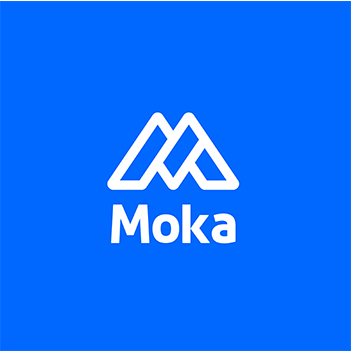The Elite Campus Recruiter's Playbook: 7 AI-Powered Strategies for Target School Success
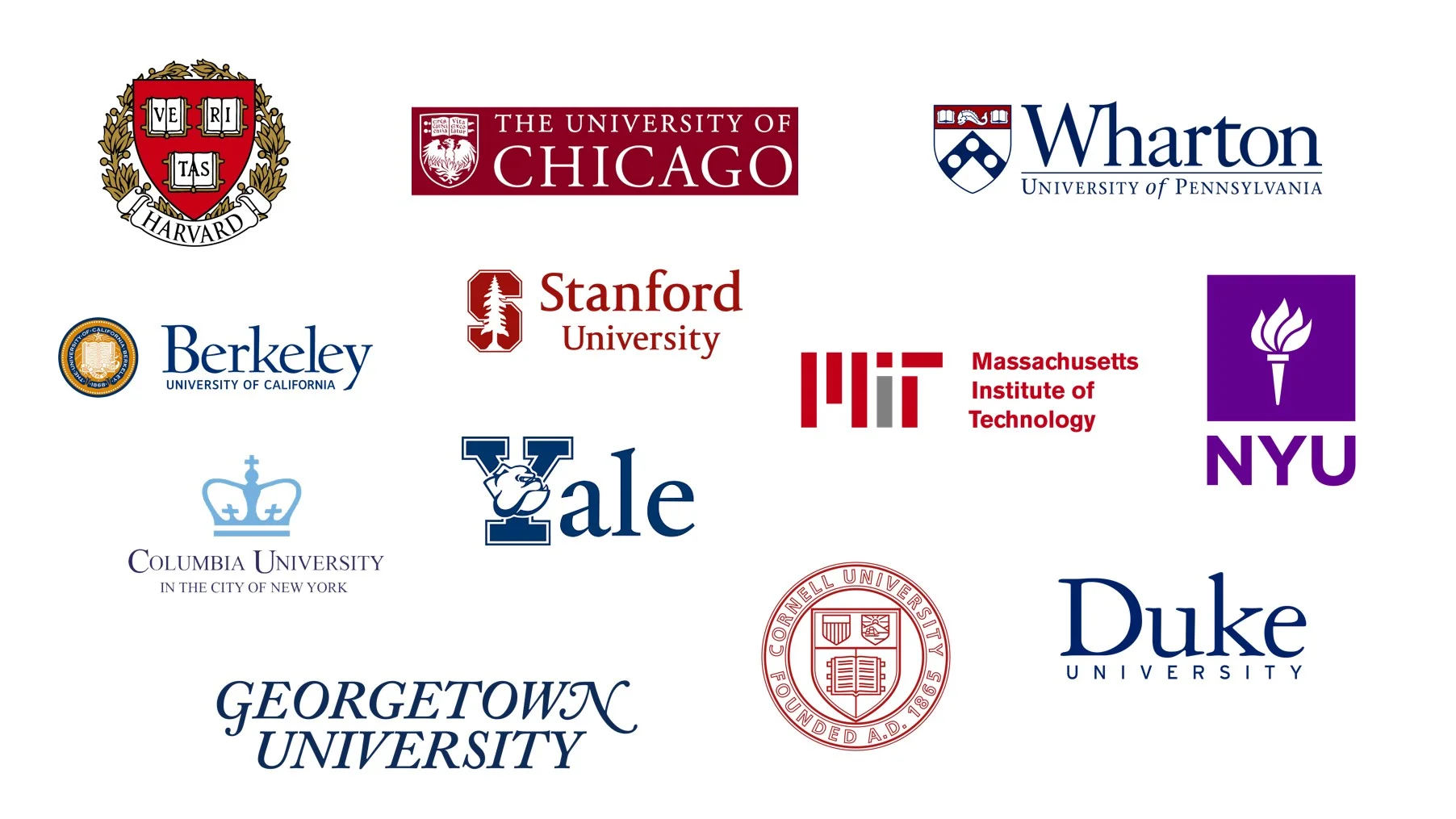
Elite campus recruitment has new problems. Students use AI to apply for many jobs. This causes a huge increase in applications. Campus hiring with an AI ATS helps recruiters a lot. It lets them sort through many applications fast. They can find the best students quickly. Companies now use real campus events and data to get noticed. In places like Australia and New Zealand, there is tough competition. Students get many job offers. There is also a big focus on diversity. This makes campus hiring change quickly. AI-driven solutions help recruiters talk to students. These tools help make campus recruitment work better.
Elite Campus Hiring Challenges
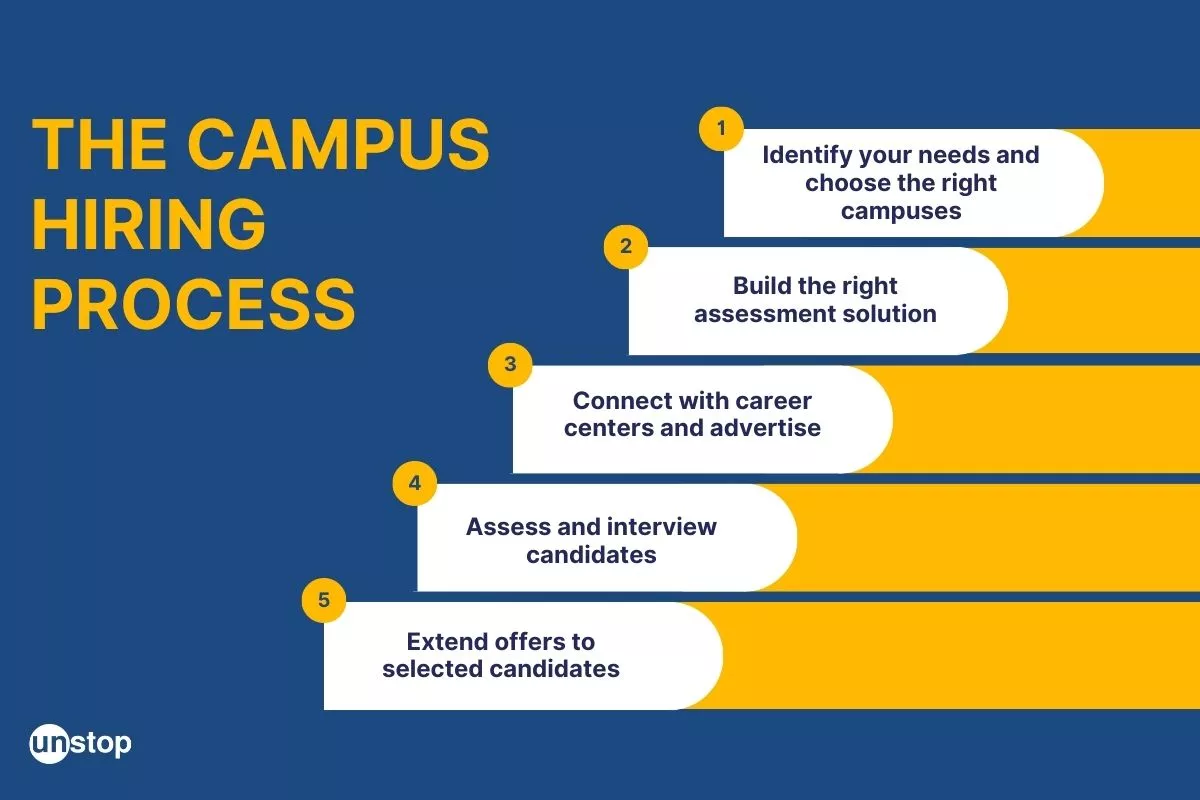
Competition for Top Students
Recruiters have a hard time hiring from top schools. Many students at these schools know people who can help them. They also meet top employers early. These students do not feel as much pressure as others. At target schools, getting picked is very hard. Less than 10% get into elite finance clubs. Hundreds of students try for just a few spots. These clubs help students get good jobs and meet important people.
Aspect | Evidence |
|---|---|
Acceptance Rate | Less than 10% get into elite finance clubs |
Applicant to Spot Ratio | 150-300 students try for 15-30 spots |
Target Schools' Share | Top 15 schools fill half of top investment banking jobs |
Selection Process | Many steps: résumé check, social test, and technical interviews |
Compensation Advantage | Club members start with $115,000-$120,000 salaries |
Recruiters also have little time and few staff. They cannot look at every candidate. They might miss great new talent. Many students want a clear and fun hiring process. If companies do not give a good experience, they may lose top students.
Traditional Methods vs. AI Solutions
Old ways of hiring use manual resume checks and strict rules. Recruiters often pick students with high GPAs or from famous schools. This can miss talented students and hurt diversity. Manual work is slow and can be unfair. It is hard to reach many students this way.
AI-powered tools change campus hiring. These tools use machine learning to look at student data. They guess who will do well and score students on skills and tests. Natural language processing helps recruiters see real skills, not just words. AI makes resume reading, shortlisting, and scheduling faster. Companies like Intel and Unilever hire better and more diverse students with AI.
Campus Hiring with an AI ATS
Integrating ATS with Campus Platforms
Campus hiring with an ai ats changes how recruiters meet students. Tools like TurboHire, Oleeo, and Gem do many hiring steps for them. These platforms use AI to read resumes and match students to jobs fast. They post jobs on many websites and make job pages look good. They also write job descriptions that are easy to find online. Recruiters can use AI to make interview questions and set up meetings quickly.
Note: In 2023, Glassdoor said 88% of job seekers want an easy way to apply. When an applicant tracking system works well with campus platforms, it helps give students what they want.
Some best ways to connect systems are:
Check how your HR tools work now.
Pick an ATS that connects with other tools.
Make a plan with clear steps.
Move data carefully and check it.
Teach your team how to use the new system.
Watch how the system works and make it better.
When companies connect their ATS to campus platforms, they hire 34% more people. One tech company hired people twice as fast after doing this. These tools also help teams work together and get more students to say yes to job offers.
Streamlining Recruitment Workflows
Campus hiring with an ai ats makes every step easier. Recruiters can send tests to many students, set up interviews, and send job offers with a few clicks. Chatbots help talk to students and collect their papers.
AI helps recruiters watch important numbers like how long hiring takes and how much it costs. Companies like Unilever and IBM spend less money and hire faster with ai-driven tools. These tools let recruiters spend more time talking to students and making campus hiring better.
AI-Driven Talent Acquisition
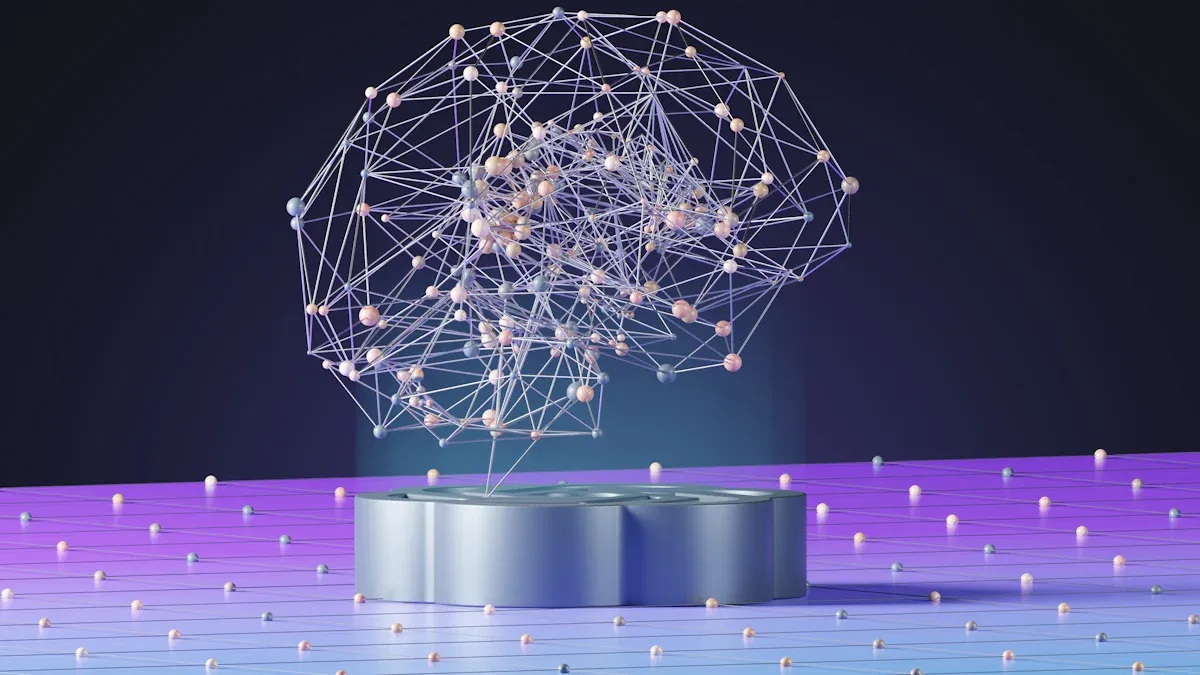
Intelligent Sourcing for Target Schools
AI-driven talent acquisition changes how recruiters find new students at top schools. These tools look at more than just resumes. They check online profiles, school rankings, and research sites. Recruiters can now find great students who might get missed by old ways. AI platforms work with schools to help match students and graduates with good jobs.
AI sourcing tools search big databases, even for students not looking for jobs, to find more people.
Automated messages reach out to students faster and in a friendly way.
Platforms like LinkedIn Recruiter and Entelo match job needs with student profiles, making hiring more exact.
Companies use AI to find special tech talent, like machine learning engineers, by searching for certain skills and new keywords. This helps find students from places like GitHub and research sites, even if they did not think about the company before.
Automated Screening and Shortlisting
Automated screening tools are important in hiring today. These tools look at thousands of resumes fast, checking for needed skills and experience. Recruiters save time and can focus on the best students. AI-powered screening uses smart language tools to see skills, not just words. Predictive analytics help find students who will do well and stay longer.
Screening Metric | Manual Process | AI-Driven Process | Improvement |
|---|---|---|---|
Time per Candidate | 12 min | 1.5 min | 87.5% faster |
Cost per Candidate | $18 | $6 | 66% lower |
Shortlisting Accuracy | 71% | 86% | 21% higher |
Resume Screening Time | 5-7 min | <10 sec | Much faster |
Skill Mapping Accuracy | - | >90% | More precise |
Automated screening makes recruiters' jobs easier by up to 70%. Virtual AI helpers talk to students and do screening calls, so students always get answers. These tools also watch important numbers, helping recruiters make hiring better and keep finding good students. When used the right way, AI tools help find better students and make the process smoother for everyone.
Personalized Engagement in Campus Recruitment
AI-Powered Communication
AI-powered communication tools have changed how recruiters talk to students. Recruiters use chatbots and virtual assistants to answer questions right away. These tools help students with the application steps and give updates any time. AI platforms also set up interviews, send reminders, and do first screenings. This helps keep students interested and stops them from dropping out.
Recruiters can make fun campaigns by sending emails and texts to students. AI looks at what students like and do, so messages fit each person. This makes more students reply and helps recruiters find people who match the company. AI-powered communication keeps students interested by sending news and updates through email, SMS, and other ways.
AI chatbots and virtual assistants help students all day and night, answering questions and showing what to do.
Automated reminders and interview scheduling help students remember and show up for meetings.
Sending emails and texts that fit each student makes more students reply.
Virtual campus tours with AI let students see the school from far away.
Feature / Metric | Description / Result |
|---|---|
42% average increase after AI implementation | |
Time-to-Hire Reduction | 15 days shorter on average |
Application Completion Rate | 56% improvement within 3 months |
Interview Attendance Rate | Increased from 78% to 96% |
Offer Acceptance Rate | Improved from 65% to 81% |
Enhancing Candidate Experience
AI tools help make the hiring process better for students. They do simple jobs, so recruiters can talk more with students. Video interviews that do not need to be live let students join when they can. This helps students in different places or with busy lives. AI chatbots give updates and answers right away, which builds trust.
AI also helps recruiters make fun campaigns that match what students like. By looking at grades and activities, AI gives job ideas and news that fit each student. This makes students and recruiters happier and helps everyone get better results.
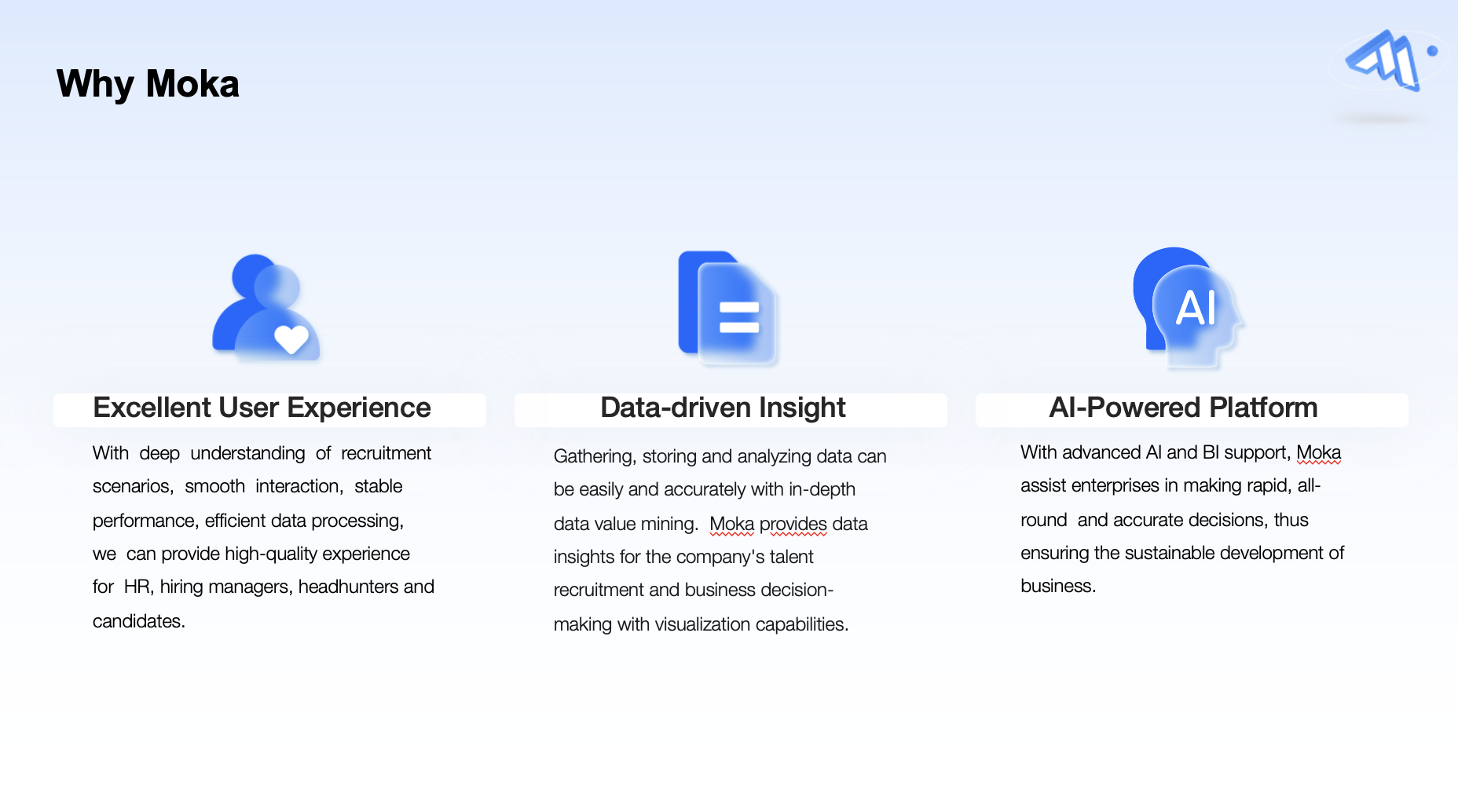
Campus hiring teams see real changes in how students feel and act. Almost 80% of students want to apply when the process feels personal. AI-driven personalization also helps companies keep students interested for a long time and build strong connections with new talent.
University Partnerships and Employer Branding

Building Strong Campus Relationships
University partnerships are very important for campus recruitment. Companies do better when they set clear goals for hiring and diversity. They pick schools that fit what they want. Recruiters plan fun events on campus and online. They also offer internships and hackathons. These things help bring in top students and build a strong group of future workers.
Pick schools that match what the company needs.
Use events, internships, and social media to find students.
Use tools like Applicant Tracking Systems to keep track of everything.
Keep in touch with students through internships and training.
When companies work with schools for a long time, both sides win. These partnerships make training programs that help students learn new skills. Students get to work on real company projects and join advisory boards. This helps them learn about jobs and meet people in the field. Companies get more skilled students, which makes their talent pool better.
Staying connected for a long time helps students stay at the company.
Working together makes both the school and company look good.
Strengthening Employer Brand with AI
A strong employer brand helps companies get noticed by students. AI tools make it easy to talk to students and share what the company is about. Recruiters use AI to send messages that fit each student. They also use AI to manage social media and see how students react. This makes more students interested and builds trust.
Impact / Percentage | |
|---|---|
Employee engagement and participation | 55% increase |
Hire quality improvement | Up to 45% increase |
Time-to-hire reduction | 27% decrease |
Consumer trust increase | 60% increase |
Application conversion rate increase | 35% increase |
Cost-per-hire reduction | 30% decrease |
AI-driven faster screening | Up to 10x faster |
Candidate dropout reduction | Up to 40% decrease |
Candidate completion rates | 96% completion rate |
Predictive accuracy for talent fit | Over 80% accuracy |
AI helps companies do more without hiring extra recruiters. It also helps stop bias and makes screening faster. These tools help companies build a strong brand and find good students for the future.
Bias Reduction in Campus Hiring
Objective Assessments
Objective assessment tools powered by ai help recruiters be fair. These tools use data and smart programs to check skills and potential. They do not just look at resumes or school names. Companies like IBM saw less bias and more diversity after using ai-driven assessments. Recruiters use different training data and fairness checks to keep things equal. Regular checks and having people review the process also help make it fair.
Ai-driven assessments give results that are more fair and correct than old ways.
Recruiters can use ai speed and human thinking for better hiring.
Harvard Business Review said 75% of companies using ai saw better candidates.
Companies like Google and Microsoft use fairness tools and many types of data to make their systems better.
A table below shows how ai-powered assessments and old methods are different:
Feature | Traditional Methods | AI-Powered Assessments |
|---|---|---|
Bias Level | High | Lower |
Transparency | Low | Higher |
Speed | Slow | Fast |
Fairness Checks | Rare | Regular |
Promoting Diversity and Inclusion
Recruiters use ai to help with diversity and inclusion in campus hiring. Ai platforms can look at many applications fast and fairly. They hide names and other details so only skills matter. This helps more students from different backgrounds get noticed. The University of Pittsburgh School of Law grew its diversity by 7% in new students using ai-driven analytics. Smart tools also help find groups that are not seen much and reach out to them.
Ai-driven outreach tools help find students from new places and schools.
Blind reviews and soft skill checks give everyone a fair shot.
Companies watch diversity numbers by tracking key facts and using special tools.
The British Transport Police got twice as many minority applicants after using ai-powered hiring tools.
Recruiters also use open feedback and include diversity leaders in hiring choices. These steps help make a place where everyone feels welcome.
Real-Time Analytics for Continuous Improvement
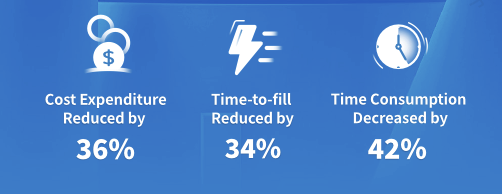
Monitoring Recruitment Metrics
Recruiters use real-time analytics dashboards to watch every step. These dashboards show important numbers like how many students go to events, how many apply, and how many accept offers. Teams can see which events bring in the most students. They also notice where students stop in the process.
A good dashboard lets recruiters see how students act. They can check how many students open emails or finish their applications. This information helps teams fix problems fast. For example, if lots of students quit after the first interview, recruiters can try something new.
Metric | What It Shows | Why It Matters |
|---|---|---|
Event Attendance | Number of students at each event | Measures event success |
Application Completion | Percent who finish applying | Shows process clarity |
Offer Acceptance | Percent who accept job offers | Tests employer appeal |
Engagement Rate | Student replies and activity | Tracks interest and response |
Optimizing Strategies with Data
Recruiters use data from analytics to make hiring better. They look at what works and what does not work. If one event brings in more top students, they plan more events like it. If a message gets more replies, they use that style again.
AI tools help teams try new ideas and see results quickly. Recruiters can change their plans right away. This helps them find great students before others do. Using data helps teams hire better people and build a stronger group.
AI-powered ATS and campus recruitment strategies help companies hire faster. Good university partnerships and a strong employer brand bring in top students. A modern hiring plan helps recruiters do better in campus hiring. Recruiters should use new tools to make campus recruitment better and help students have a good experience. Now is the best time to update campus hiring to do well at target schools.
FAQ
What is campus hiring with an AI ATS?
Campus hiring with an ai ats uses ai to help with hiring. Recruiters use an applicant tracking system to sort people. They also set up interviews and check results. This helps companies find new talent from top schools. It also helps build a strong group of future workers.
How does AI improve candidate engagement during campus recruitment?
AI-driven tools help recruiters send updates and reminders fast. These tools answer questions right away and make messages personal. Fun recruitment campaigns keep students interested. This makes the whole experience better for everyone.
Why are university partnerships important for early career recruitment?
University partnerships help companies meet students and graduates early. These relationships help with long-term plans and support diversity. Strong partnerships also make the company look good. They help improve campus recruitment too.
How does AI support diversity and inclusion in the hiring process?
AI technology removes bias by looking at skills and test results. It hides personal details and uses fair data. This helps companies reach more people. It also supports diversity and inclusion in hiring.
What metrics should recruiters track to improve their hiring strategy?
Recruiters should watch event attendance and how many finish applying. They should also check how many accept job offers. Real-time analytics help teams change their plans fast. Tracking these numbers leads to better hiring and stronger results.
See Also
How To Use AI Recruitment Tools To Forecast Success
Insider Tips To Excel With Applicant Tracking Systems
Three Effective Strategies To Harness Applicant Tracking Systems
From recruiting candidates to onboarding new team members, MokaHR gives your company everything you need to be great at hiring.
Subscribe for more information

